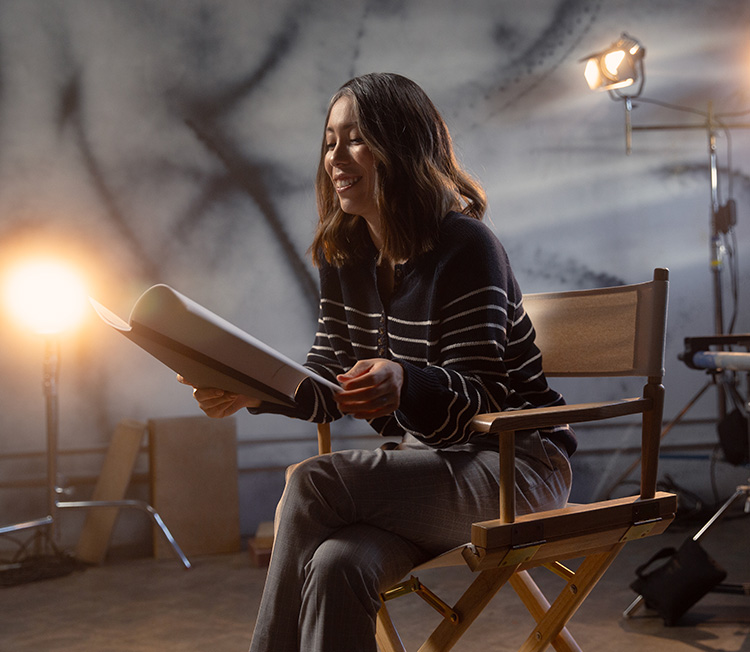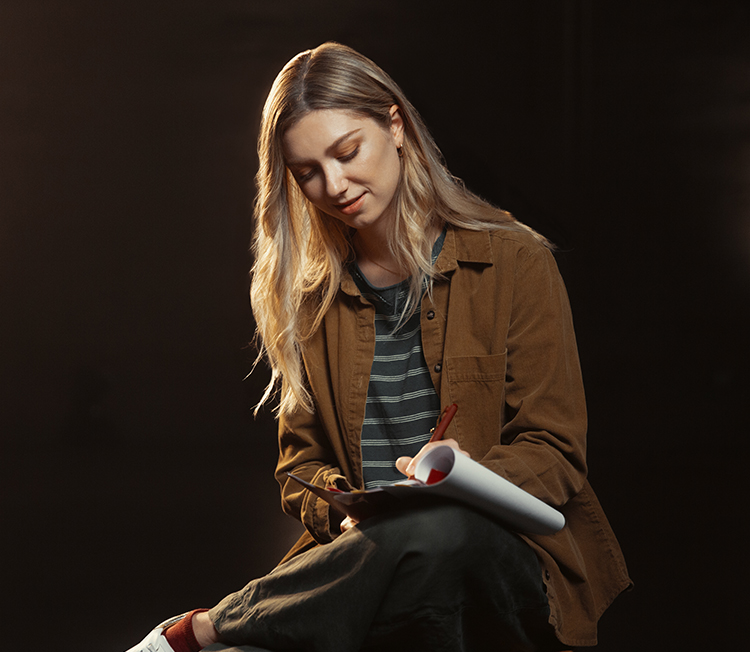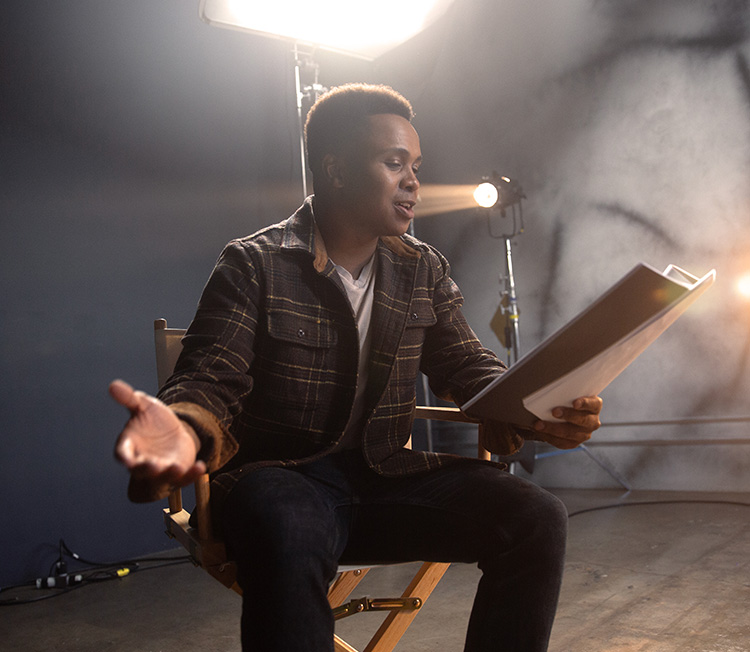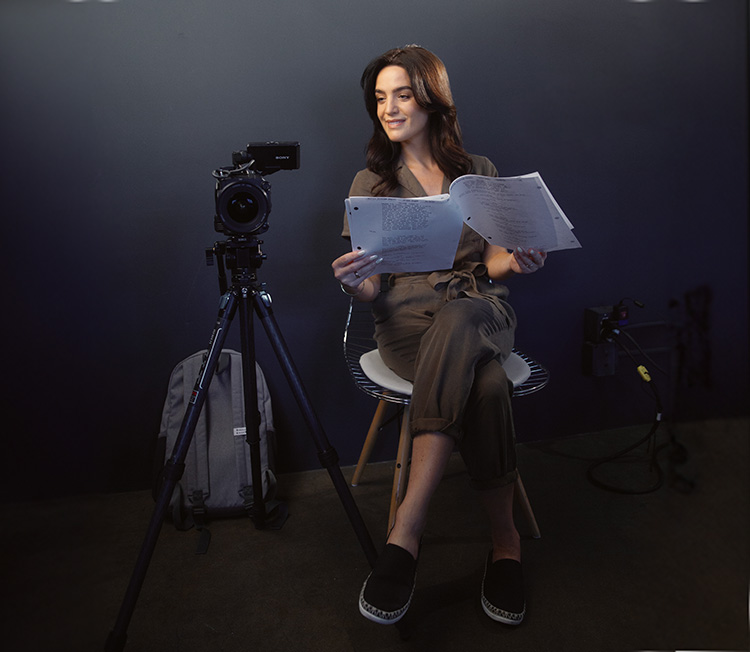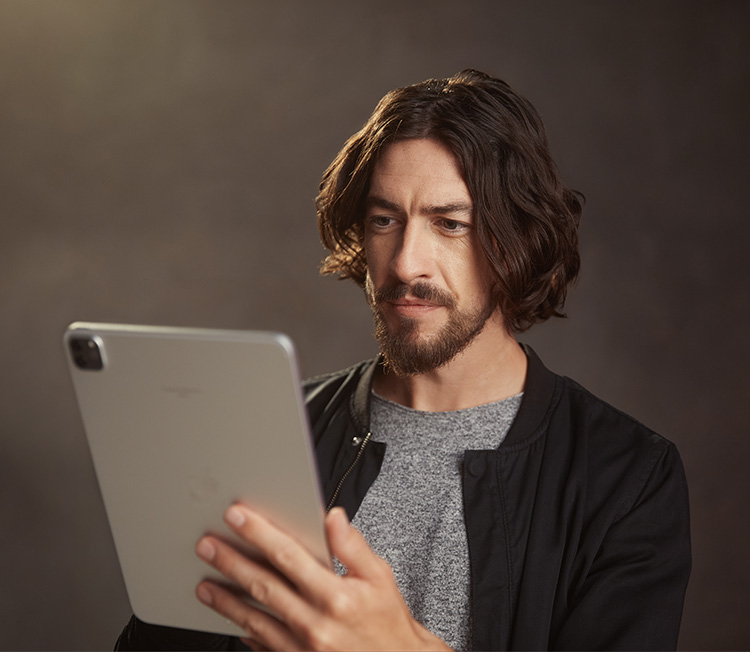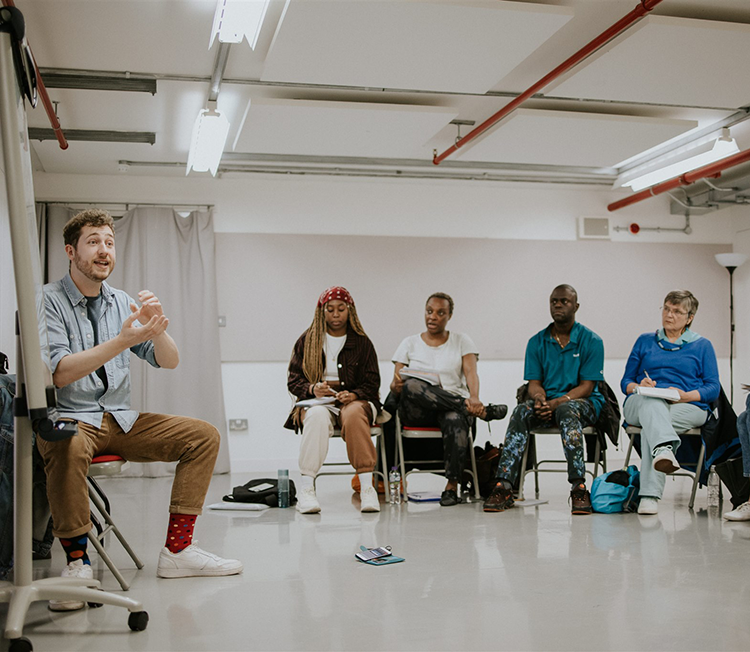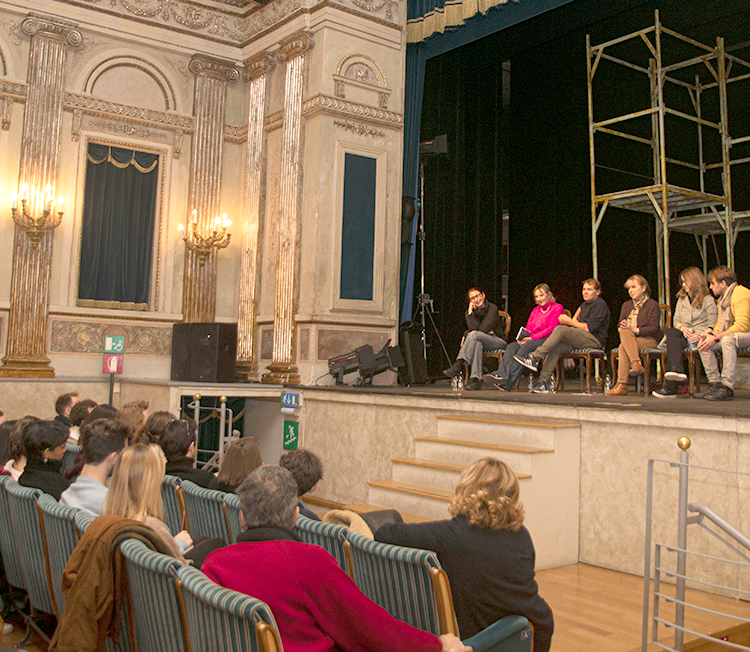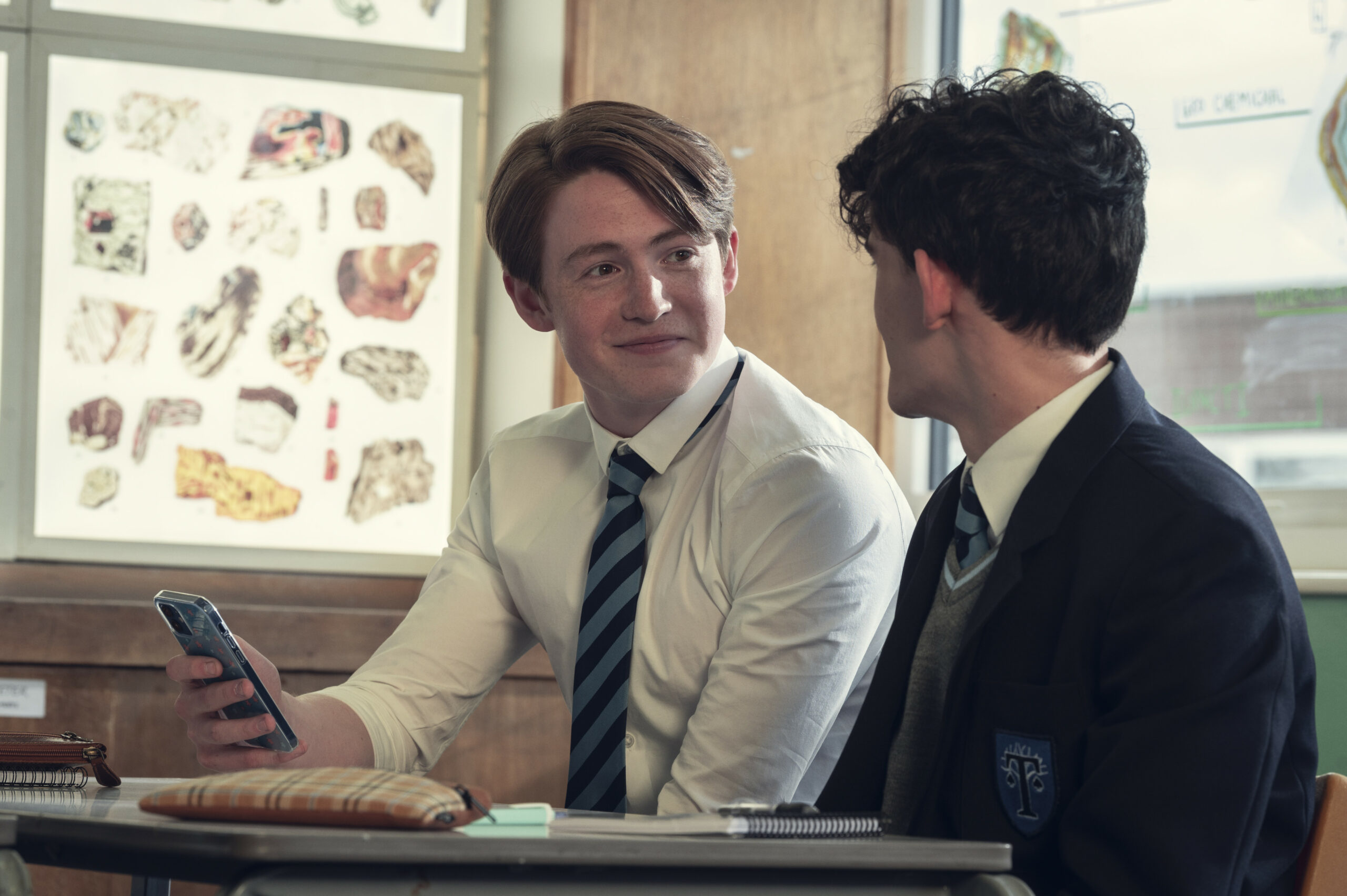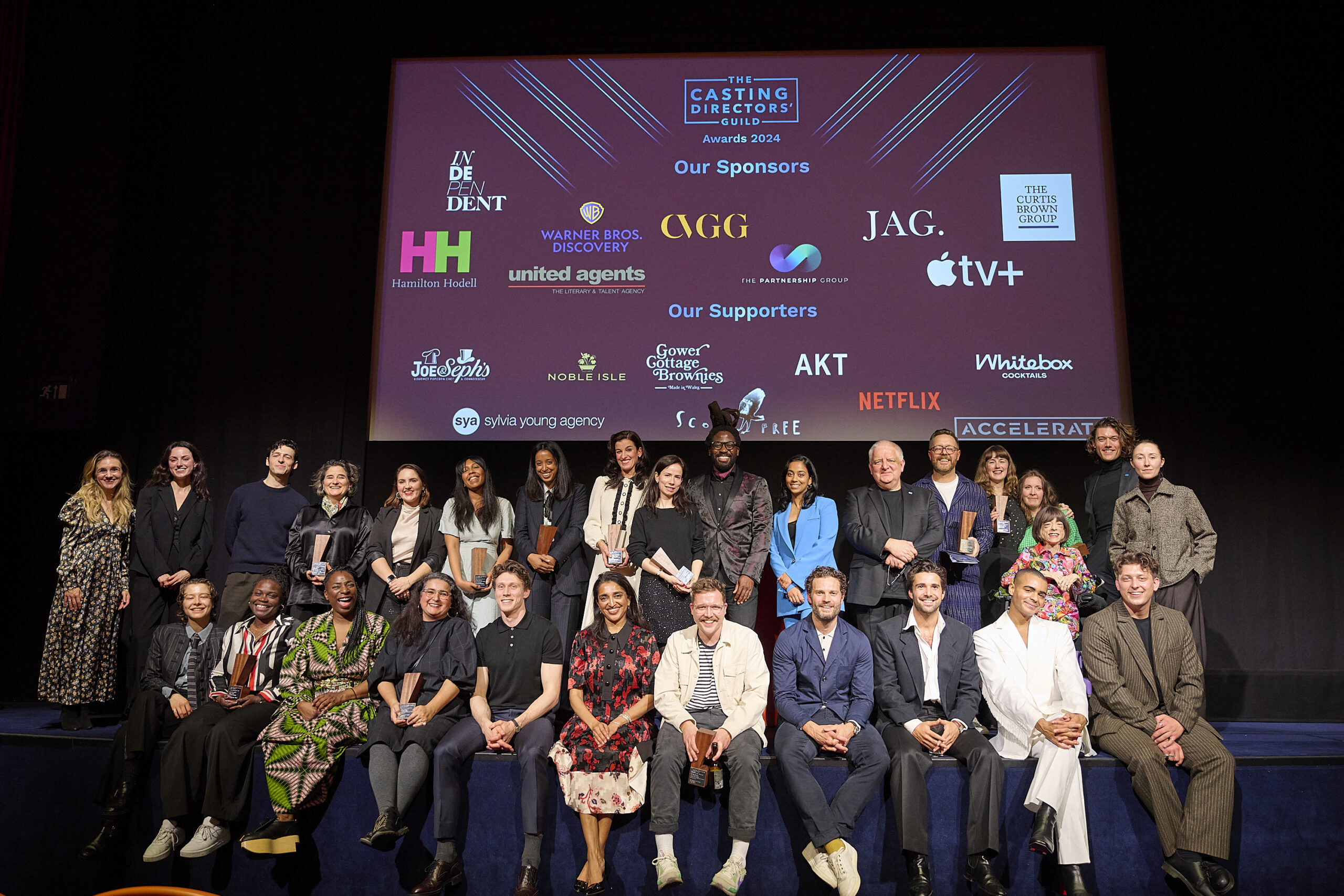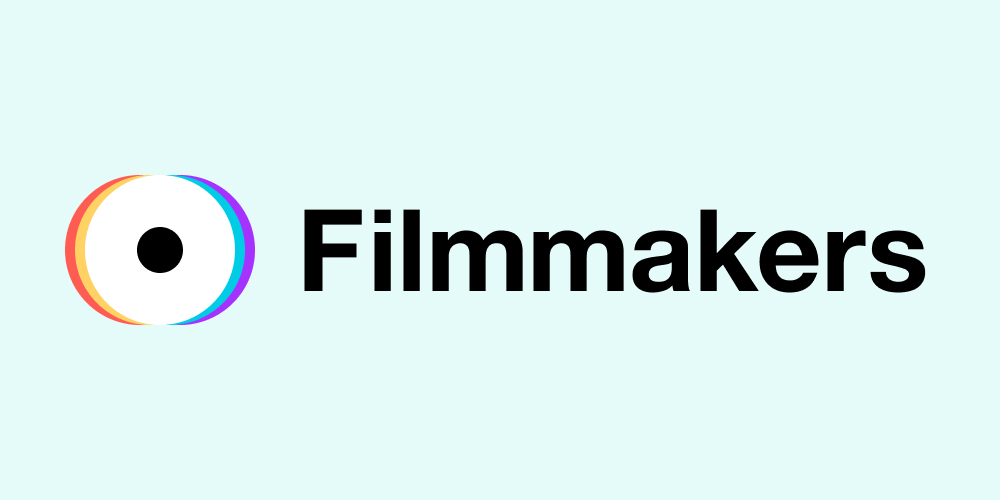We speak to Patrick Walters, executive producer of Heartstopper, and casting director Daniel Edwards CDG about the show and finding fresh talent.
If you’re not already familiar with it, Heartstopper is a beautiful new show on Netflix that shows the blossoming relationship between the main characters Nick and Charlie. The series deals with teen topics like love, relationships, friendship and all that comes with it with a sense of optimism and joy.
As an adaptation of Alice Oseman’s cult-favourite web series and graphic novels, we were keen to understand how the show went from online to page to screen, and how you go about casting actors to play such well-loved characters. We speak to Patrick Walters, executive producer at See-Saw Films, and casting director Daniel Edwards CDG to find out more.
How did you come to be involved with Heartstopper?
Patrick: I came across the graphic novel at a point where Alice Oseman was doing a Kickstarter campaign to raise money to self-publish the first volume. I thought it looked lovely, ordered a copy, read it, and just thought it was extraordinary.
Alice had just done a publishing deal for Heartstopper to be released as a published graphic novel and she had an agent who I could contact and say, “How do I meet Alice and ask her to come and do the show with See-Saw and me?”
I met Alice early in 2019, we had a great conversation and it felt like a natural fit from the very beginning, so Alice, luckily for me, decided to go with See-Saw Films because there were other people after it as well. Then we entered into an option on the work – that’s when a producer purchases the right to produce the series – and then you go about assembling all of the elements that are going to make that TV series.
Daniel: The executive producer on Responsible Child [a show Daniel previously cast], Elinor Day, recommended me to Patrick. I met Alice and Patrick and they told me what the plan was with Netflix. I said, if I got the job, I would cast wide. I would search the conventional route – in Spotlight putting breakdowns out – but I would also use social media to reach the many hundreds of thousands of young, queer teenagers that may not have explored acting yet, and who would want to be part of this project.
How involved with casting was the show’s creative team?
Patrick: We were really involved. The core creative team of Heartstopper is Alice Oseman, Euros Lyn [director] and myself, as a lead creative executive producer for the production company. We made all of the creative decisions and so when it came to casting, we watched all the tapes that Daniel sent to us, and we worked out who we thought really could inhabit those roles. We met them on Zoom, Daniel read with them, Euros gave them direction and we were all witness to that.
It’s a very intense thing for them to do – but when we found that right person, it really sang, even across the Zoom connection and us all being in different places.
Daniel: What’s incredible about Alice and Patrick is that they were across every single detail. Alice did not lose sight of anything. She was a proper showrunner. For me, as a casting director, to be able to defer to them, to ask them questions like, “What’s not working for these particular actors I’ve just shown to you? What am I missing here for the character of Isaac?” was incredible.
Is there a difference casting characters that are well-known and loved versus new characters that come with no preconceptions?
Daniel: [New characters] were technically easier because they weren’t from the book. Imogen was slightly easier just solely because we knew what she needed to do whereas Isaac, Alice admittedly said, “I’m still finding who he is.” And so that was a really wide search, I was bringing in so many different types of young actors and Alice said, and I hope she doesn’t mind me quoting her, she said, “I will know Isaac when I see him.”
Patrick: It took longer to find the actors for [Imogen and Isaac] because there was less of a guide for us. Imogen is very brash and bold but vulnerable underneath it. So, when we met Rhea [Norwood], she had an amazing take on the character and we knew quite quickly.
Isaac is a character that has his own specificity. We saw a whole range of different, great people, but we just felt that something wasn’t quite clicking in terms of who he was on the page, and how it was coming across in the read. But then we met Tobie [Donovan] and he brings this wry sense of humour and mischievousness – some of his natural characteristics. In the show, when he bursts out into a line like, “I want to believe in romance”, that’s Tobie adding his stamp on the character, and those little bits clearly mean a lot to people.
We spent a lot of time conscious that if we didn’t find the right people, we couldn’t make the show, because it was that vital to us.
There are lots of cast members making their screen debut in Heartstopper, did you intentionally look for fresh talent and how did you go about finding them?
Patrick: Yeah, it was intentional. There are shows about teenagers out there, like Euphoria, Skins or Sex Education, and I love all those shows, but there is a sort of adult tone to them and Heartstopper is not that. We thought it was really important to have actual teenagers in the roles and so it felt like a vital bit of the casting process to do an open casting call where we used social media and Daniel’s network to put out a call for quite a few of the main cast characters to anyone who had a passion and an ambition to act but maybe hadn’t done it yet.
Daniel and his team did a truly heroic job because we got over 10,000! We saw a huge range of talented young aspiring actors, some of whom just had never acted before and others who had some professional credits but were still at the early moments in their careers.
Daniel: I’m so proud of my team. We all worked really hard. We originally had six months to cast, but due to COVID, that was narrowed down to two months. We did, however, have all the casting art work, social media posts and had time to do a huge amount of prep before we were given sanction to ignite. It meant seven day weeks, 12 hour days, but we’ve got the cast of our dreams and I’m so proud of them.
We needed to open [the casting] up to the fans and also to the people who are hidden and haven’t been seen, and the young, queer communities out there.
Was it a conscious decision for the cast to match their character’s sexuality, gender identity and race?
Patrick: We went into it with lots of different sets of criteria. So at the beginning of the casting process, it was quite nerve-wracking, because not only did we want fantastic, exceptional actors who could take on an emotional journey and felt right, but we also had the visual counterpart of how the characters look.
Daniel: There were some characters that Alice was not willing to move on. Elle had to be clearly a trans actress of colour. And Tara had to be a young woman of colour and Tao had to be of East Asian heritage.
Patrick: Authenticity was really important to Alice and I. We spent a lot of time conscious that if we didn’t find the right people, we couldn’t make the show, because it was that vital to us.
We didn’t have to fight for a safe space and an LGBTQ+ mindedness, because a lot of the teenagers were coming with a real passion for the source material, and knowledge about what it was. There was a real respect, and a feeling of excitement around doing a show that was so focused on identity, and sexuality, and just celebrating queerness. So, that was really exciting.
Daniel: I had said, “We need to look for people who identify within the LGBTQI+ community and/or people who are open allies” because we can’t legally ask anybody’s sexual orientation or gender identity unless they offer that information. We needed to open this up to the fans and also to the people who are hidden and haven’t been seen, and the young, queer communities out there. You can’t always assume that there are going to be open, queer teenagers who are working professionally.
We put [a casting call] out on Instagram and Twitter and Yasmin [Finney] saw it. We had tapes from all over the world because as you can imagine, there aren’t a huge amount of young, trans actresses of colour and the right age. And then there she was. This incredible trans-activist, 17-year-old in Manchester with more strength of character and soul than I’ve ever met in anyone.
We were getting worried. As Patrick said, we couldn’t make the show without the character. We can’t cast a cis actress in that role. That’s how far we’ve come.
Also, we talked about teenage actors, because if they’re playing age 16, they need to be 16+. That’s as much to do with licencing as it is to do with the content and the maturity to handle not only the shooting process but also the aftermath, and potential future series.
Did the cast and crew work with any consultants or specialists to deal with any of the topics in the series?
Patrick: Stonewall came in, and they read the scripts, and they made sure that it was all communicating in the way that we intended it to from an outside perspective. They were very supportive.
David Thackeray was our intimacy coordinator, and we had him on-set when there was any scene that had physical intimacy in it, whether it was holding hands through to like kissing. He was there to go through the specifics of the scene in terms of; how are we going to do this, what’s the choreography, and does everyone feel completely supported, completely safe, and consenting, and all the necessary protocols have been followed. It was just fantastic for the cast to feel protected in that way.
The cast are picking up lots of attention and extra followers on social media – is there anything in place to help them navigate their sudden fame?
Patrick: Yeah. I think that’s so important, and the duty of care should be hand-in-hand with what you’re doing and trying to achieve as the creative of the show. Netflix have been extraordinary with that. They offer a duty of care package so that they’ve got someone to speak to independently if they need to. That’s such a plus of being with a streamer like Netflix, is that they’ve gone through this with other young casts, and they know exactly what the things to watch out for are.
We tried to cultivate a sense of, “Let’s all go into this as one big Heartstopper family. And if you’ve got any problems I’m here, Alice is here, Euros is here, and we’ve got your back whether it’s an issue around the show, and the filming of the show, the release of the show, or whether it’s something else.”
That support needs to be there because it’s a massive thing for a young cast to go through. And they have each other as well, which is great.
Daniel: From the beginning, as soon as those young people were cast, they went straight into Netflix and See-Saw organised media training. They’ve been given a huge amount of support. All of them are incredibly bright and are social media savvy. That was a big plus.
I introduced those who didn’t have agents to agents so they’re all represented now. Now they have agents, I was able to hand over the baton in terms of making sure that they were protected and looked after as soon as they started shooting, so they get support from there.
What is the one thing you hope a viewer takes away from watching Heartstopper?
Daniel: That everybody is entitled to romance and that the world really is starting to change despite certain events to the contrary.
Patrick: Ultimately for the viewer to feel happy, and joyful, and a sense of excitement in it. The whole point of the show for us was to elicit joy from an audience, and to feel like there’s no shame in young, queer love, and that those feelings that you have at that age that are new and scary are beautiful, and should be celebrated. And I think it’s important to do that in a queer context as much as possible.
Thanks to Daniel and Patrick for their time and insight into the casting and making of Heartstopper.
Heartstopper is now available to stream on Netflix.

